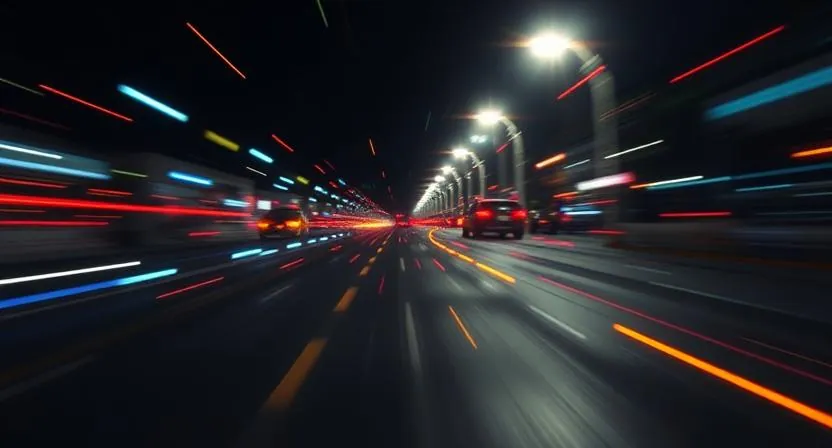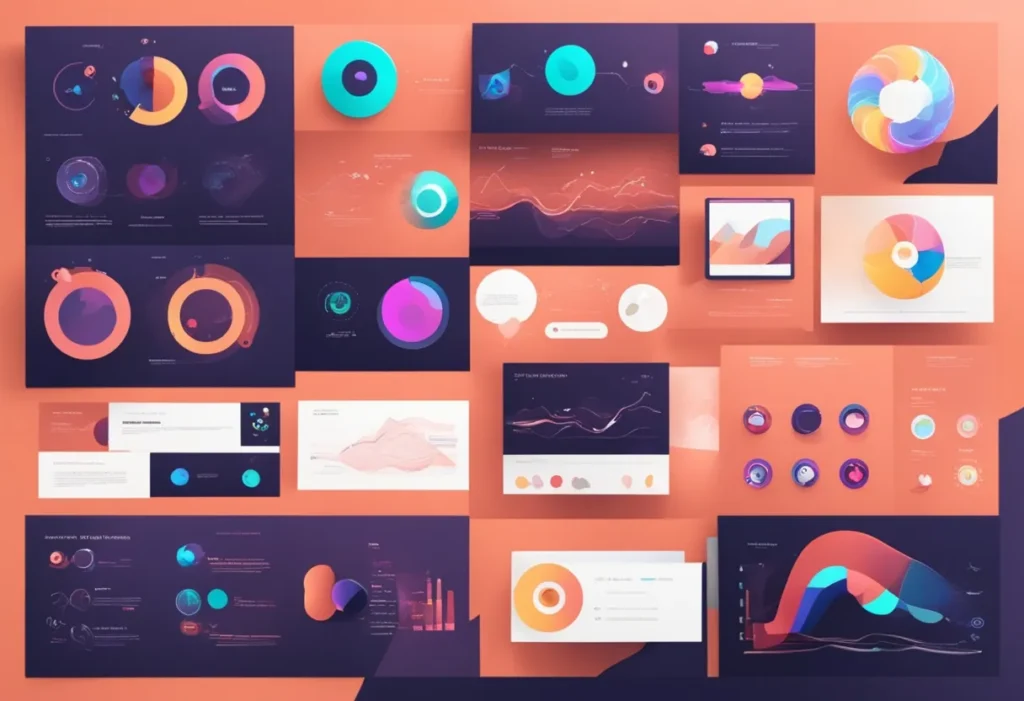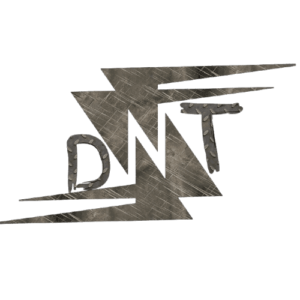What is Motion Graphics? (And Why Should You Care?)
Motion graphics is the art of bringing static designs to life with movement. Think of those sleek animated logos, dynamic social media ads, or engaging explainer videos. They’re everywhere because they grab attention fast and keep people hooked.
And let’s be real—static images just don’t cut it anymore. People scroll past them without a second glance. Motion graphics keep your audience watching, engaging, and converting.

How Motion Graphics Works (And Why It’s So Effective)
Motion graphics is a mix of animation, design, and storytelling. It uses typography, shapes, icons, and visual effects to communicate ideas quickly and clearly. Unlike traditional animation, it’s not about characters and plots—it’s about making information look good and easy to digest.
Here’s why motion graphics is a game-changer:
- Increases Engagement – Moving visuals hold attention longer.
- Boosts Retention – People remember things better when they’re animated.
- Improves Conversions – A well-placed motion graphic can skyrocket clicks and sales.
- Explains Complex Topics – Hard-to-understand ideas become crystal clear with animation.
Motion Graphics vs. Animation: What’s the Difference?
A lot of people confuse motion graphics with traditional animation. Here’s how they compare:
| Feature | Motion Graphics | Traditional Animation |
|---|---|---|
| Focus | Text, icons, infographics | Characters, stories, emotions |
| Purpose | Explain & enhance content | Entertainment & storytelling |
| Style | Clean, modern, corporate | Hand-drawn, 3D, cinematic |
So, if you’re making a corporate video, explainer, or social media ad, motion graphics is the way to go. If you want to make a Pixar-style animated movie? That’s traditional animation.

Free Tools to Create Motion Graphics (Without Breaking the Bank)
You don’t need Hollywood-level software to get started. Here are some free tools that make motion graphics easy:
- Canva – Super beginner-friendly with drag-and-drop motion templates.
- Blender – Free & powerful, great for 3D motion graphics.
- DaVinci Resolve – Pro-level video editing with motion graphics features.
- Krita – Open-source tool for 2D motion design.
- LottieFiles – Perfect for lightweight animated icons and UI motion.
- Runway ML – AI-powered motion graphics tool that simplifies animation creation.
Motion Graphics in Marketing: How Brands Use It to Sell More
Brands love motion graphics because they work. Here’s how companies use them:
- Explainer Videos – Breaking down complex products (Think: tech, finance, SaaS tools).
- Social Media Ads – Eye-catching animations that stop the scroll.
- Branding – Animated logos, intros, and transitions.
- UI/UX Design – Smooth micro-animations make apps and websites feel premium.
Example: Dropbox’s explainer video went viral because it used simple motion graphics to explain a complicated product in seconds. That’s the power of motion graphics done right.
Pro Tips for Killer Motion Graphics (Even If You’re a Beginner)
Want to create motion graphics that stand out? Here are some must-know tips:
- Keep It Short – The best motion graphics are 10-30 seconds max.
- Use High-Contrast Colours – Bright colours pop, dull colours flop.
- Add Sound Effects – Motion graphics without sound? Boring.
- Make the Text Readable – No tiny fonts. Keep it bold and clear.
- Follow the 3-Second Rule – If your audience doesn’t get it in 3 seconds, it’s too complicated.

The Best Free AI Tools for Motion Graphics
Here’s a breakdown of the best AI-powered tools to level up your motion graphics—without spending a penny.
1. Runway ML (runwayml.com)
- AI-powered video editing and motion graphics automation.
- Use machine learning to remove backgrounds, track objects, and generate animations.
- Super beginner-friendly with a drag-and-drop interface.
Why Use It? You get instant background removal, auto-tracking, and AI-generated effects with minimal effort. No technical skills needed.
2. Deep Motion (deepmotion.com)
- Turn 2D videos into 3D animations in seconds.
- AI-powered motion capture without special equipment.
- Great for character animation and game design.
Why Use It? No need for expensive motion capture suits. Just upload a video, and boom—you have a 3D animated model.
3. Kaiber AI (kaiber.ai)
- Generate AI-powered motion visuals from still images.
- Convert static designs into animated videos effortlessly.
- Ideal for content creators looking for a quick boost.
Why Use It? Perfect for social media content and marketing visuals with zero effort.
4. Pixop (pixop.com)
- AI-enhanced video upscaling and motion smoothing.
- Restores old footage with higher resolution.
- Cloud-based, so no need for heavy software.
Why Use It? Make old, grainy videos look crispy and pro-quality with one click.
5. EbSynth (ebsynth.com)
- AI-powered style transfer for motion graphics.
- Turn hand-drawn art into animated sequences.
- Great for stylized animation without frame-by-frame work.
Why Use It? If you love artistic, frame-by-frame animations but hate the workload, this is for you.
6. Spline (spline.design)
- AI-powered 3D design tool for motion graphics and interactive visuals.
- Real-time collaboration and browser-based.
- No coding required, perfect for beginners.
Why Use It? Easily create interactive 3D animations with simple AI-powered tools.
7. Veed.io (veed.io)
- AI-powered video editing and animation tool.
- Auto-subtitles, background removal, and motion text effects.
- Simple, online, and fast.
Why Use It? Great for quick, high-quality motion graphics without heavy software.
8. Steve.AI (steve.ai)
- AI-powered tool for turning scripts into animated videos.
- Perfect for explainer videos, social media content, and marketing materials.
- Automatic scene creation with AI-driven animation.
Why Use It? Instantly turn ideas into animated videos without needing animation skills.
9. Pika Labs (pika.art)
- AI-generated animation from text or image inputs.
- Ideal for quick animated concepts and unique motion visuals.
- Experimental but promising for fast-motion design.
Why Use It? If you need quick AI-generated motion clips, this tool is perfect.
10. D-ID Creative Reality Studio (d-id.com)
- AI-powered tool for generating talking avatars and motion-based presentations.
- Convert static images into dynamic, lip-synced animations.
- Ideal for marketing, education, and creative projects.
Why Use It? Turn static portraits into animated speaking characters effortlessly.
FAQs About Motion Graphics
1. What’s the best software for motion graphics?
If you’re a beginner, Canva is great. For pros, After Effects is the industry standard.
2. Is motion graphics expensive to create?
Not always. You can use free tools or hire freelancers on platforms like Fiverr or Upwork for budget-friendly options.
3. Can I use motion graphics for social media?
Yes! Platforms like Instagram, TikTok, and YouTube thrive on animated content.
4. How long does it take to make a motion graphic?
Depends on complexity. Simple ones? A few hours. High-end ones? Weeks.
5. Where can I find free motion graphics templates?
Check out Envato Elements, Motion Array, and Freepik for templates.
Final Thoughts: Why Motion Graphics is a Must in 2025
Motion graphics isn’t just a trend—it’s the future of digital content. It makes your brand stand out, boosts engagement, and drives conversions. If you’re not using it yet, you’re missing out.
Start experimenting today with free tools, learn the basics, and watch your content transform.

